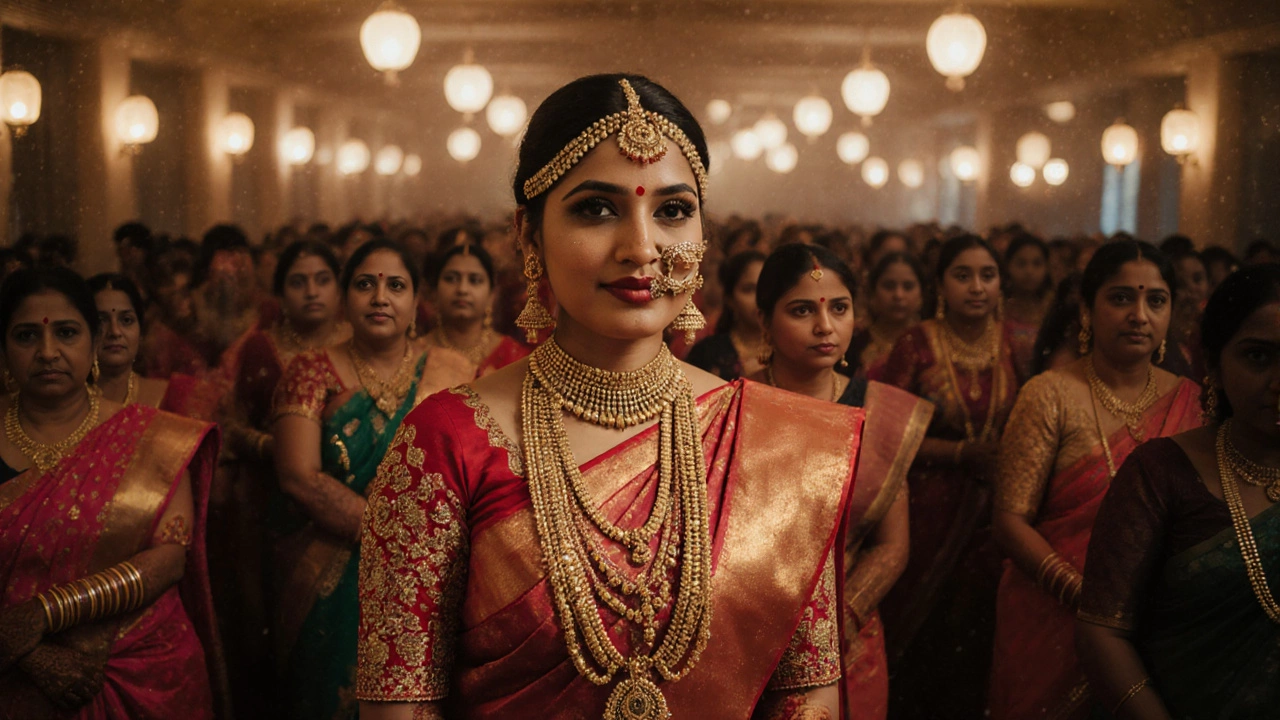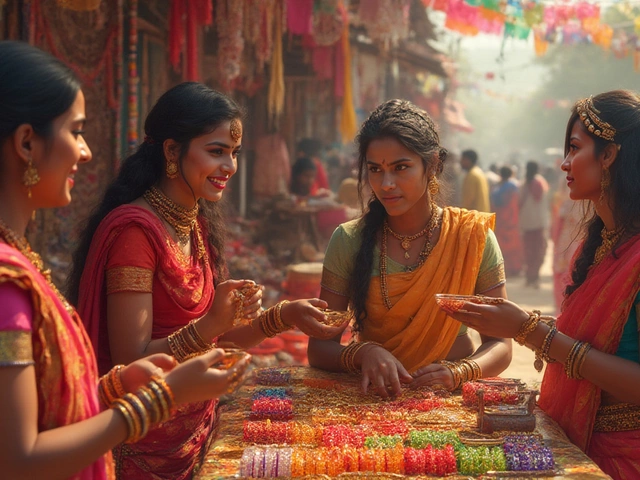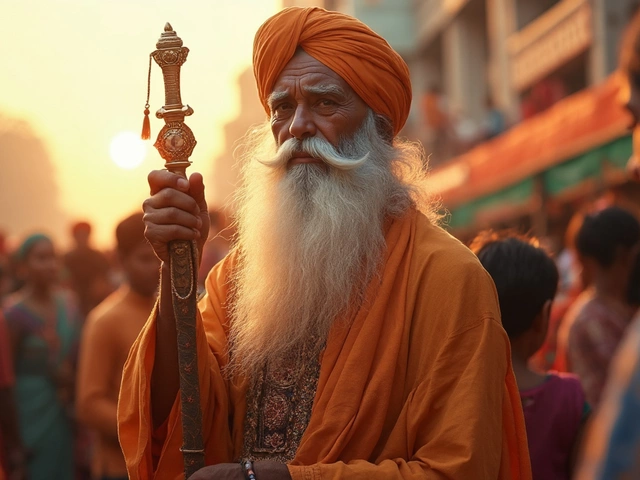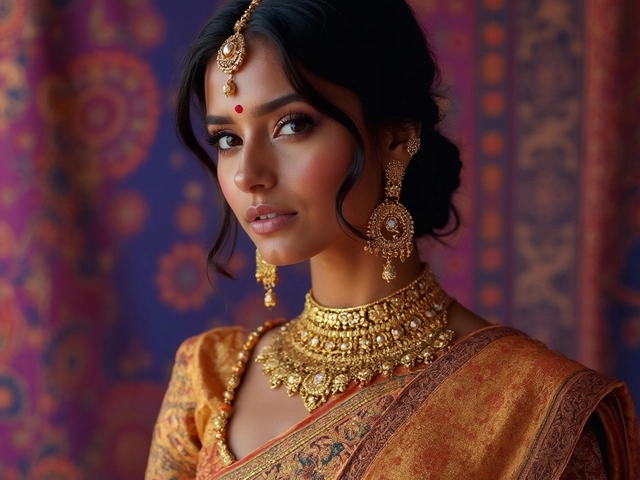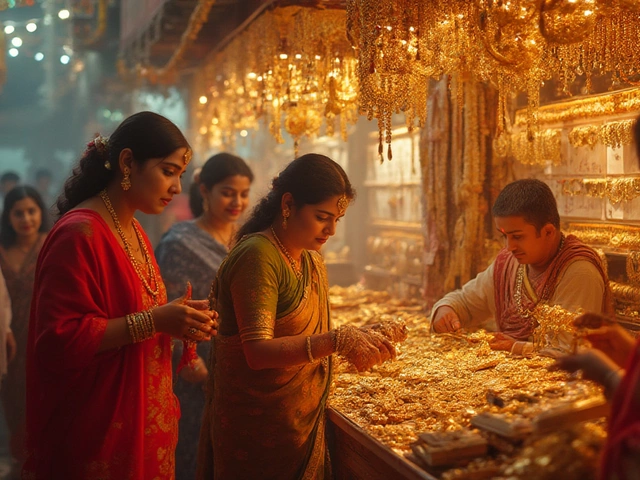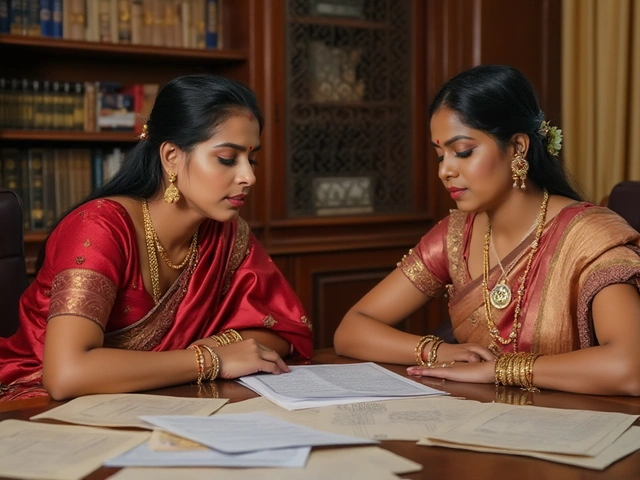Indian Weddings
When talking about Indian weddings, a vibrant blend of rituals, colors, and family traditions that mark the union of two lives. Also known as Shaadi ceremonies, they bring together many cultural elements, from music to food, and especially a rich array of jewelry. One of the most symbolic pieces is the Mangalsutra, a sacred necklace that signifies marital commitment and is often exchanged during the wedding vows. Another key element is Temple jewelry, handcrafted ornaments inspired by religious motifs, usually made of gold or silver and studded with gemstones. Finally, Bangles, colorful metal cuffs worn in stacks on the wrists, representing joy and prosperity play a central role in the bride’s look.
Why Jewelry Matters in the Celebration
Every piece of wedding jewelry tells a story. The Indian weddings tradition highlights the connection between personal style and cultural heritage. For instance, the design of a mangalsutra often reflects regional motifs—like the lotus in Bengal or the swan in North India—showing how geography influences symbolism. Temple jewelry, on the other hand, links the ceremony to spiritual beliefs; designers borrow patterns from ancient temples, turning each earring or pendant into a miniature work of art. Bangles, stacked in multiples of three or nine, echo numerology that promises luck for the couple. These items aren’t just adornments; they act as visible markers of identity, family lineage, and social status, creating a visual narrative that guests read throughout the event.
Choosing the right pieces involves practical considerations too. Gold purity, measured by marks like 750 or 875, determines durability and resale value—important for families who view jewelry as an investment. Many brides opt for hypoallergenic materials for nose pins to avoid irritation during long celebrations. Understanding hallmarks helps avoid cheap imitations; a quick magnet test or checking for proper stamps can save money. Moreover, the weight of bangles and the ergonomics of a mangalsutra affect comfort, especially when the bride dances for hours.
Beyond the bride, the broader wedding party also embraces these traditions. Grooms often wear matching temple jewellery or a simple gold chain, while mothers and grandmothers might pass down heirloom bangles that have been in the family for generations. Nose pins are popular across age groups, with designs ranging from tiny studs to ornate nose rings, each signifying different cultural nuances. When planning accessories, think about layering—combining a mangalsutra with a delicate pendant or pairing bangles of varying textures can create depth without overwhelming the outfit.
All these details shape the overall vibe of an Indian wedding, turning it into a feast for the senses. Below you’ll find a curated collection of articles that dive deeper into each topic—from how to pick the perfect bangle colors to caring for temple gold and mastering nose pin styling. Whether you’re a bride-to-be, a family member, or simply curious about the customs, these guides will give you actionable insights to make every moment shine.
Why Indians Wear So Much Jewelry: Cultural Roots and Regional Styles
Explore why Indians wear abundant jewelry, covering cultural roots, regional styles, key pieces, symbolism, and practical tips for curating traditional adornments.
